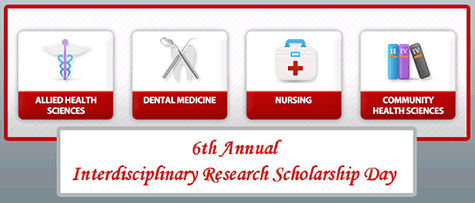Location
UNLV Moyer Student Union 208
Start Date
16-4-2013 12:30 PM
End Date
16-4-2013 2:30 PM
Description
The dissemination of scholarly information through scholarly publishing is one of the most important requirements to be successful in academia. Approximately 25-45% of nursing scholarship has at least one reference error. Reference inaccuracy occurs in scholarly publishing because most faculty authors focus more on the writing than on the accuracy of the references or these authors inadvertently miss the reference errors. Nevertheless, inaccurate references hinder the retrieval of material if author names are misspelled or the year or volume number is incorrect. Also, this lack of precision can raise questions about the accuracy of other parts of the material and the overall quality of the faculty scholarship.
There are various strategies that authors can use to ensure reference accuracy: (a) the use of a reference manager software program ($100-$200/program), or (b) work with a copyeditor ($30-$50/hr). On the surface, the use of a copyeditor appears to be a more costly strategy than faculty use of a reference manager software. Also, many faculty do not have copyeditor skills; therefore, the use of a copyeditor may be the best strategy for faculty and university performance.
Keywords
Bibliographical citations; Nursing; Scholarly publishing
Disciplines
Education | Nursing
Language
English
Effectiveness of A Reference Accuracy Strategy For Faculty Scholarship
UNLV Moyer Student Union 208
The dissemination of scholarly information through scholarly publishing is one of the most important requirements to be successful in academia. Approximately 25-45% of nursing scholarship has at least one reference error. Reference inaccuracy occurs in scholarly publishing because most faculty authors focus more on the writing than on the accuracy of the references or these authors inadvertently miss the reference errors. Nevertheless, inaccurate references hinder the retrieval of material if author names are misspelled or the year or volume number is incorrect. Also, this lack of precision can raise questions about the accuracy of other parts of the material and the overall quality of the faculty scholarship.
There are various strategies that authors can use to ensure reference accuracy: (a) the use of a reference manager software program ($100-$200/program), or (b) work with a copyeditor ($30-$50/hr). On the surface, the use of a copyeditor appears to be a more costly strategy than faculty use of a reference manager software. Also, many faculty do not have copyeditor skills; therefore, the use of a copyeditor may be the best strategy for faculty and university performance.


Comments
File: Poster